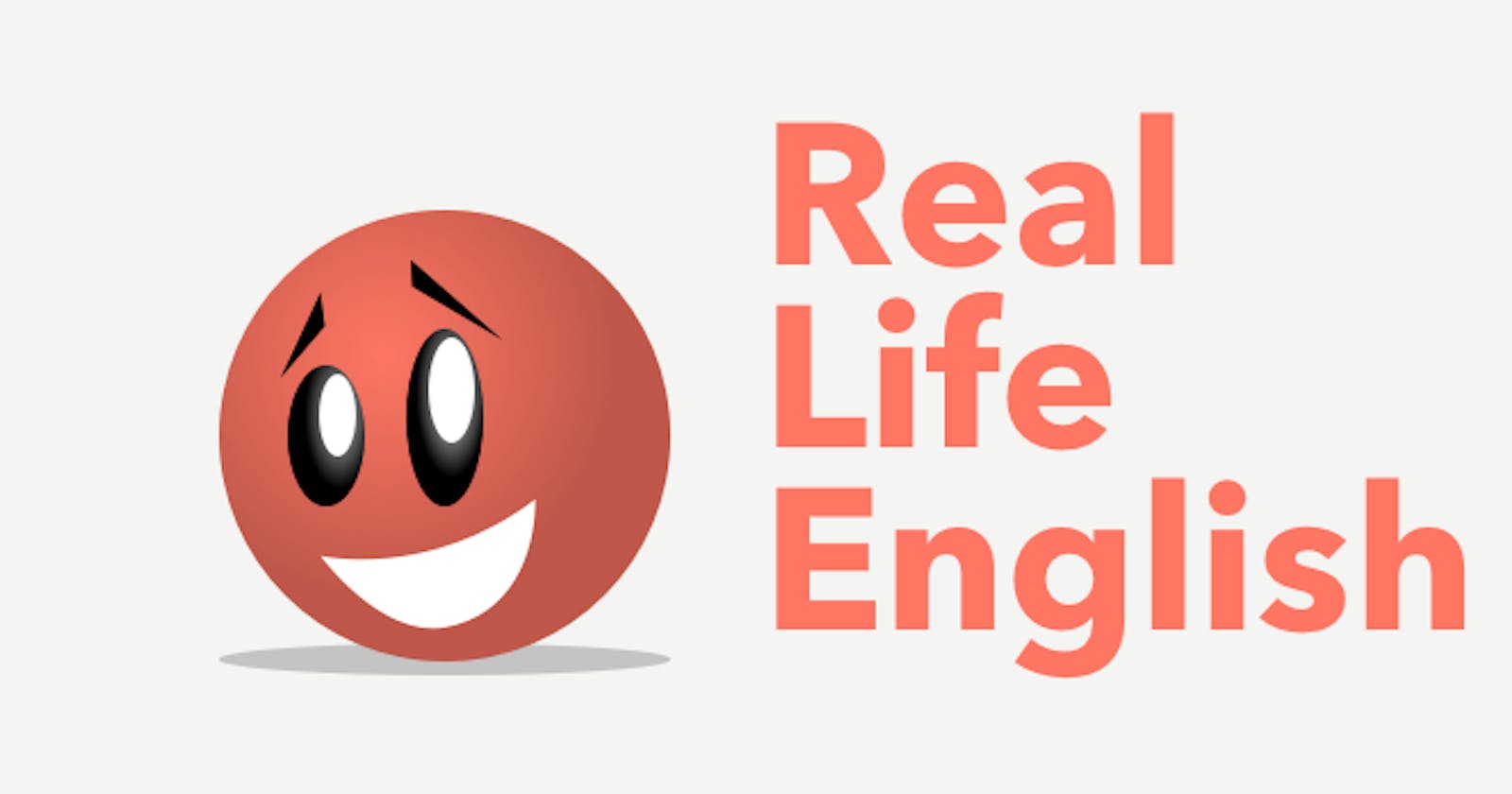1. Present Simple
- Usage of Simple Present Tense
The Simple Present tense is used to describe actions that are habitual, true or general. For example, "I wake up at 6 am every day". This sentence describes a habitual action. "The sun rises in the East" is an example of a true statement. "Dogs bark" is an example of a general statement.
- Structure of Simple Present Tense
The Simple Present tense is formed differently for different subjects. For singular subjects, we add an 's' or 'es' to the base form of the verb. For example, "He eats pizza" or "She watches TV". For plural subjects, we add only the base form of the verb. For example, "They eat pizza" or "We watch TV"
2. Present Continuous
- Usage of Present ContinuousTense
The present continuous tense is used to describe an action that is currently in progress. For example, "I am writing this blog post." In this sentence, the verb 'writing' is in the present continuous tense because the action of writing is happening at the present moment.
The present continuous tense is also used to describe an action that is happening around the present period. For example, "I am studying for my exams this week." In this sentence, the verb 'studying' is in the present continuous tense because the action of studying is happening around the present moment.
Moreover, the present continuous tense is also used to describe a planned future event. For example, "I am meeting my friend tomorrow." In this sentence, the verb 'meeting' is in the present continuous tense because the action of meeting is a planned event that will happen in the future.
- Structure of Present Continuous Tense
The structure of the present continuous tense is quite simple. It is formed by using the auxiliary verb 'to be' and the present participle (-ing form) of the main verb. For example, "I am eating my breakfast." In this sentence, 'am' is the auxiliary verb, and 'eating' is the present participle of the main verb 'eat.'
In negative sentences, 'not' is added after the auxiliary verb 'to be.' For example, "I am not going to the party tonight."
In interrogative sentences, the auxiliary verb 'to be' is placed before the subject. For example, "Are you watching TV?"
3. Present Simple
- Usage of Past Tense
The past simple is used to talk about completed actions in the past. For example, "I ate breakfast this morning" or "She walked to the store yesterday". It's also used to talk about past habits or routines, such as "I always went to bed at 10 pm when I was a child". However, the past simple is not used to talk about ongoing or continuous actions in the past, which would require the past continuous tense.
- Structure of Simple Present Tense
The past simple is formed by adding -ed to the base form of regular verbs. For example, the past simple of the verb "play" is "played". However, irregular verbs have their own unique past simple forms that don't follow this rule. For example, the past simple of "go" is "went". It's important to memorize the past simple forms of irregular verbs because they don't follow a predictable pattern.
4. Present Simple
- The Basics of Present Perfect
The present perfect tense is used to describe an action that happened at an unspecified time in the past or that started in the past and continues in the present. The tense is formed by using the auxiliary verb "have" or "has" followed by the past participle of the main verb. For example, "I have studied English for five years." In this sentence, "have studied" is the present perfect form of the verb "study."
- Using Present Perfect in Context
One common way to use present perfect is to talk about experiences or actions that have happened in the past but are still relevant in the present. For example, "I have visited Paris twice." This sentence implies that the speaker has experience with Paris and may have knowledge or opinions about the city that are still relevant today.
Another use of the present perfect tense is to describe a recent action that has an impact on the present. For example, "I have lost my phone." This sentence implies that the speaker is currently without their phone and may need help finding it.
- Common Mistakes with Present Perfect
One common mistake with present perfect is to use it to talk about a specific past time. For example, "I have seen that movie last night." This sentence is incorrect because "last night" is a specific time in the past, and the present perfect tense is used for actions that have no specific time in the past. A correct sentence would be "I saw that movie last night."
Another mistake is to use the present perfect when the action has no connection to the present. For example, "I have eaten breakfast this morning." This sentence is incorrect because breakfast is a past action that has no relevance to the present. A correct sentence would be "I ate breakfast this morning."
5. Future Simple
- Forming the Future Simple Tense
The future simple tense is formed by adding the helping verb "will" before the base form of the verb. For example, "I will eat pizza tonight." The helping verb "will" is used for all subjects, whether singular or plural.
It is important to note that the contracted form of "will" is often used in spoken English. For example, "I'll eat pizza tonight." This is a common contraction that you will hear in everyday conversation.
- When to Use the Future Simple Tense
The future simple tense is used to describe actions that will happen in the future. It can also be used to make predictions about the future. For example, "It will rain tomorrow."
The future simple tense is also used to make promises or to give opinions about the future. For example, "I will definitely go to your party next weekend." or "I think she will win the race."
- Using Future Simple with Time Expressions
Time expressions are often used with the future simple tense to show when the action will take place. Some common time expressions used with the future simple tense include "tomorrow," "next week," "in a year," and "soon." For example, "I will start my new job next week."
6. Going to
- The structure of going to
The structure of going to is relatively simple, and it's formed by using the subject, the verb 'to be' in the present tense, and the main verb in its infinitive form with 'to'. For example, "I am going to study tonight." In this sentence, 'I' is the subject, 'am' is the present tense of 'to be', and 'study' is the main verb in its infinitive form with 'to'. It's important to note that going to is always followed by a verb in its infinitive form.
- The meaning of going to
Going to is used to express different things, but it's mainly used to talk about future plans or intentions. For example, "I am going to watch a movie tonight." In this sentence, the speaker is expressing their intention to watch a movie later that night. Going to can also be used to talk about predictions based on current evidence. For example, "I think it's going to rain later." In this sentence, the speaker is predicting that it will rain based on the current evidence (e.g. cloudy skies).

